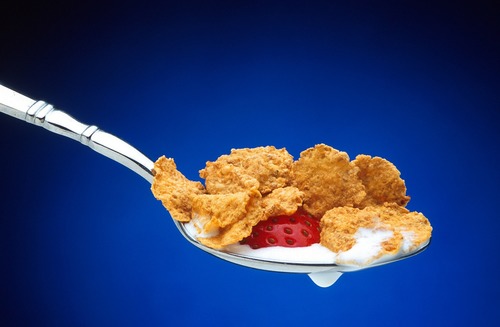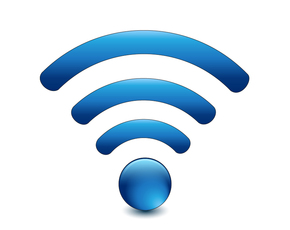Short answer
Depends on the type, but most of them are boxes of sugar.
Recommended Alternative
Long answer
Ah, cereal, America’s staple breakfast food. For ages, we have been told to eat a bowl of cereal each morning to get in our carb requirements/fiber. However, along with several other recommendations we have received through life, cereal can sometimes fall short on the nutrient stick. Of course, no brand of cereal is exactly the same, but most seem to carry similar traits in common.
Sugar
If you turn to the side of any cereal box (besides possibly ordinary cheerios, corn flakes, and other cereals people don’t like to eat), you’ll see that the cereal has a whopping amount of sugar. And that’s not from the “real fruit” hidden inside either. Fruit loops, Frosted Flakes, Cocoa Pebbles—you name it. They all have at least 11 grams of sugar. Some brands that are marketed as healthy, like Raisin Bran, contain 18 grams of sugar. And this is all PER SERVING.
Which leads to this question: how much is in a serving of cereal? About half a cup. Which looks like this.
And how many of you actually eat that size? Of course, you won’t. So, in reality, your ingesting double, maybe even triple of the sugar content listed on the cereal box.
Fatty American diets have been heavily labeled as sugary, and because of this, America is quickly labeling most of its inhabitants as obese. Sugar diets most often than not lead to chronic diseases, which are diseases such as heart disease, obesity, and arthritis. According to the CDC, these diseases are the “most common, costly, and preventable of all health problems.” In other words, we can prevent the deadliest diseases….all through taking small steps like cutting out all that excess sugar we get in the morning from cereals.
Nutrients
Are there any nutrients in cereals, though? Why has cereal been exalted for ages if it’s loaded with premature obesity factors?
Well, there a few vitamins and minerals within cereal. After all, cereal is grains, a great source of carbohydrates and energy. You will find cereals like, whole grain cheerios, with a list that boasts of all the vitamins the cereal is rich in, vitamin C, D, and minerals such as folic acid, and iron are prevalent in the production—and at only 1 gram of sugar. And then you’ll find cereals like Special K that claims to have 4+ benefits. And you’ll also find cereals such as frosted flakes that aren’t entirely whole grain, but still offer an ample amount of nutrients (at a smaller amount compared to cheerios)—and an ample amount of sugar (12 grams). However, a study shows that children who eat more cereal receive more nutrients than those that don’t, and they also had a lower body mass index. (http://www.cerealbenefits.com/what-about-sugar.html)
When it comes down to cereals, the main caveat is the sugar. Sugar along with fat are the supervillains of healthy eating and degenerate our body’s immune system, making us less immune to chronic diseases. Cereals are loaded with vitamins and minerals, though, so if you want to have your cake and eat it too, read nutrition labels. Go for whole grained cereals (more fiber) with the least amount of sugar possible. That way, if you go overboard with portion size, you won’t be downing 12+ grams in one sitting.
Possible short-term side effects
- blood sugar spike
- hyperactivity
Possible long-term side effects
- cavities
- weight gain
- obesity
- type 2 diabetes
- high blood pressure
- heart disease
- strokes
- wrinkles---did you know sugar induces premature wrinkling??
Ingredients to be aware of

Benefits
- source of:
- fiber
- vitamin a
- vitamin b12
- zinc
- folic acid
- niacin
- riboflavin
- iron
- thiamin
- magnesium
- protein (some brands)
Our Wellness Pick (what is this?)
Barbara's Puffins Cereal
- Non-GMO Verified
- Vegan Friendly
- Convenient Pack of 6
- Heart-Healthy Choice
 Approved by
Approved by 















